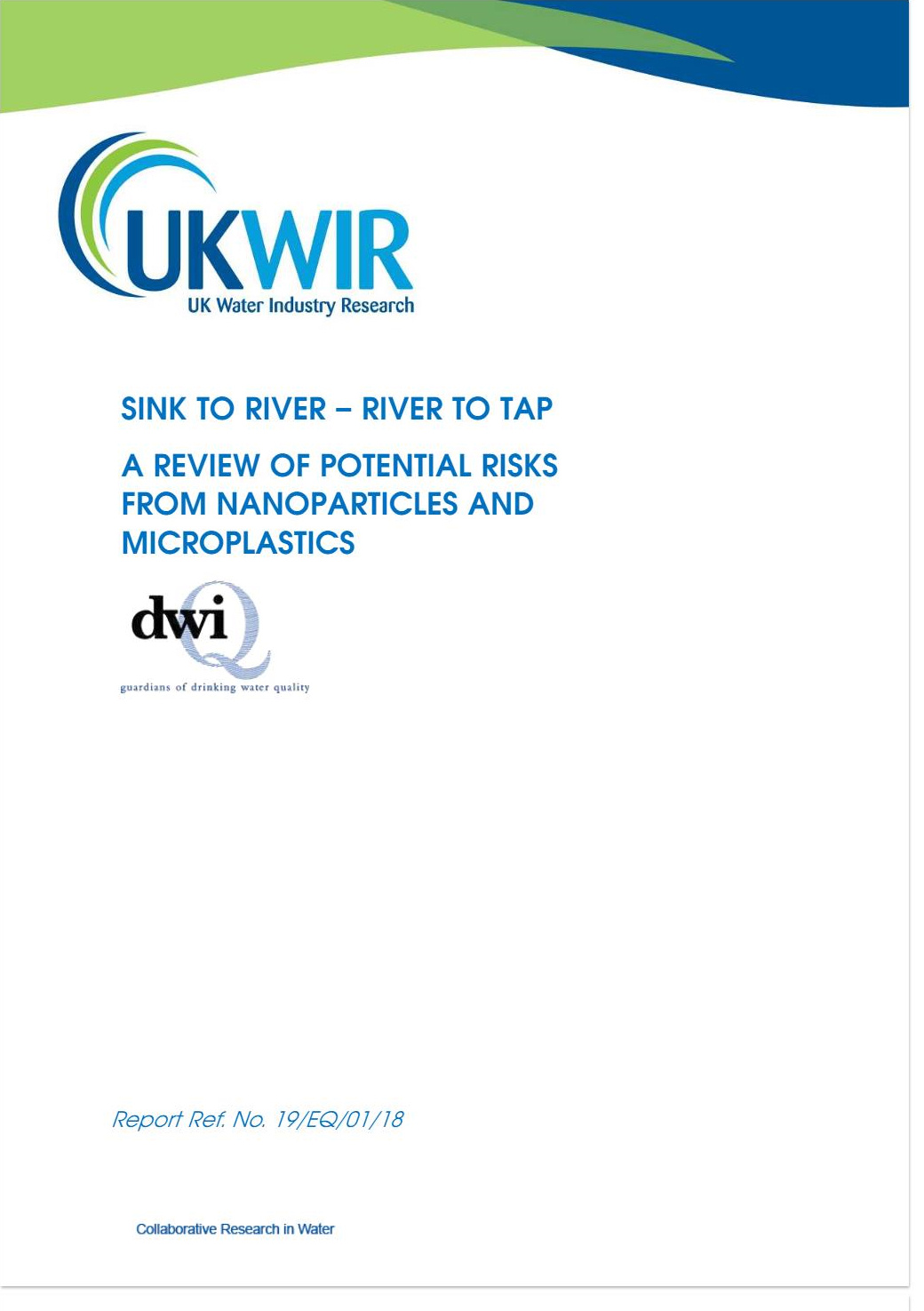D
Deleted member 294929
How much is this an issue to you and what have you done to improve the water you are drinking?

 www.newscientist.com
www.newscientist.com
This does concern me.

Boiling tap water can remove 80 per cent of the microplastics in it
Tap water contains tiny particles of plastic and we don’t know how they affect our health – now it seems that boiling the water for 5 minutes can remove most of them
This does concern me.


